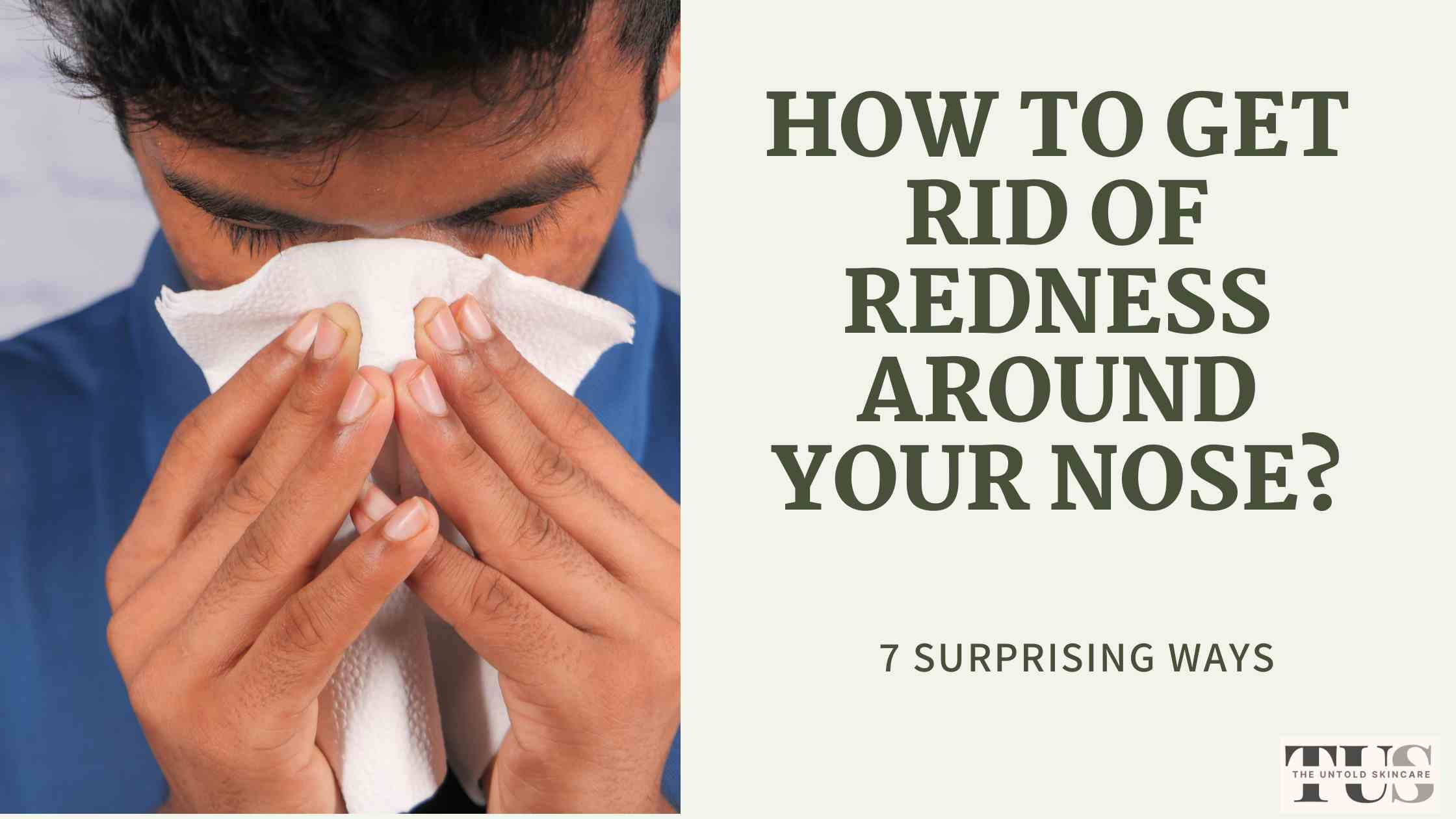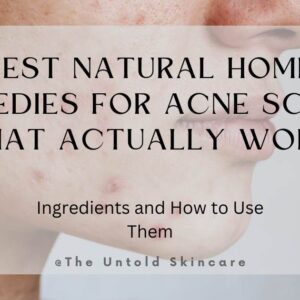Have you noticed some redness around the nose with dry and flaky skin? Dealing with this redness can be a frustrating and embarrassing issue for many people.
It is particularly a common skin problem that affects many people. It frequently results in skin flaking or peeling around the nasal area with redness on the sides of the nose and causes a burning, tingling, or itchy sensation.
The cause of redness around the nose can vary from person to person. It can be mild in some people whereas it can be super noticeable in others.
Also, it might be widespread in some persons while being restricted to a small area in others.
Despite being a common skin issue, it is also a challenging one to treat. I suffered from nose redness for almost my entire teenage and I personally experienced a lot of trouble getting rid of it. It just won’t go away, no matter what I do.
So, based on my experience and research, I’ll describe what mistakes I made, what I learned from them, and what actually worked for me to treat this skin problem in this article. Now, let’s start.
Understanding The Root Causes
Understanding the causes of redness is crucial in finding effective remedies to alleviate this common issue. There are several factors that can contribute to redness in this area, and identifying the root cause can help in choosing the most appropriate treatment.
The major cause of redness around the nose in most cases is some type of dermatitis like eczema or certain skin conditions like rosacea.
Rosacea is a chronic skin condition characterized by redness, flushing, and sometimes small bumps or visible blood vessels. It tends to affect the central part of the face, mostly the nose, making it red and flaky.
Eczema is another skin condition that causes skin irritation and dry patches of skin. If your nose is dry, flaky and itchy and gets worse when the skin is dry, it may be eczema.
However, if you have oily skin and are experiencing red skin rashes around the nose, the most probable cause could be excessive oil accumulation at the sides of the nose.
These areas have a higher density of sebaceous glands, making them more prone to excessive oil production.
Also, the nasal folds can act as channels or pathways for oil to flow from the upper face and cheeks down to the sides of the nose, causing excessive oil accumulation in those regions.
This excess oil causes bacterial infection and may also clog pores, thus causing breakouts that ultimately make that region red and inflamed.
If you have dry skin, that dry skin itself could be the cause of red rashes around the nose. Dry skin can lead to redness and flakiness, especially in areas like the nose where the skin is thinner.
It’s also important to consider lifestyle factors that may contribute to red flaky skin. Excessive alcohol consumption, spicy foods, hot beverages, and exposure to extreme temperatures can all trigger temporary redness in this area.
Having highly sensitive skin can also be the cause of nose redness. The skin on the face, especially around the nose, is delicate and prone to reacting to various irritants such as harsh skincare products, allergens, or environmental factors like cold weather or wind.
Some other potent causes of redness around the nose are:
- Sun damage
- Bacterial infection
- Excess body heat
- Use of harsh skincare products
- Over exfoliation
- Over-cleansing the face
- Allergies
Does it hurt?
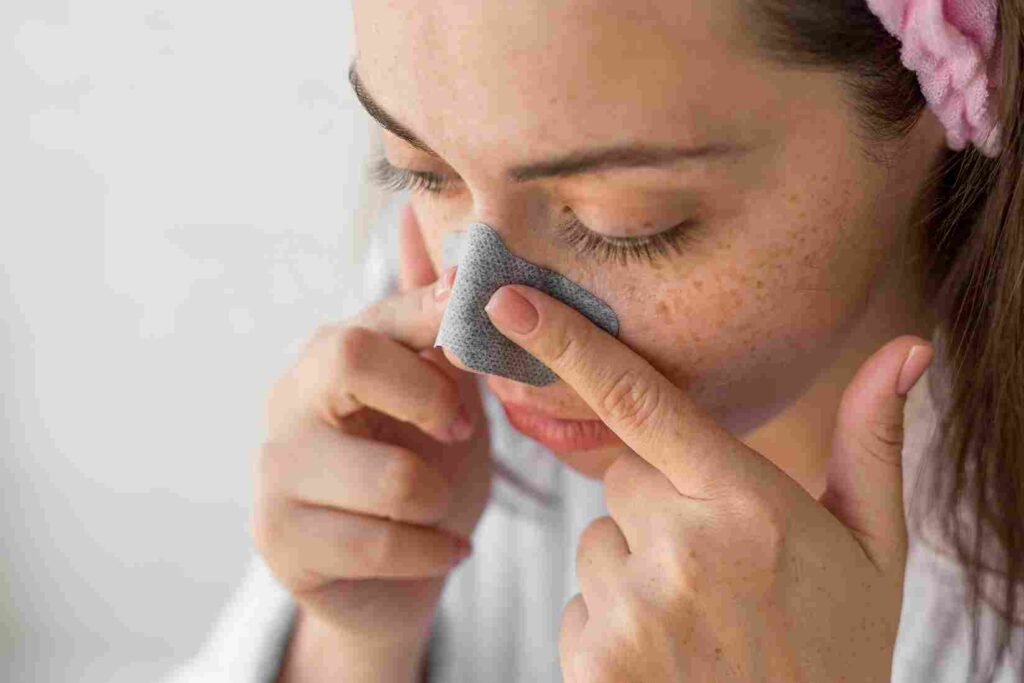
It may or may not! It depends on what actually is causing the problem.
If it is caused by dry skin, it is less likely to hurt. However, it may feel itchy. But if it is caused by rosacea, sun damage, or other chronic skin conditions, it may cause you little to moderate burn.
If you have acne-prone skin and experience breakouts around the nose, that can give you some real pain.
What Makes it Worse?
A lot of factors!
The first one is your diet. If you regularly consume sugar and carbohydrates in high quantities, you are never going to get calming skin. These ingredients not only feed the bad bacteria on your skin but also raise the insulin level of the body which increases sebum production.
Similarly, alcohol consumption and smoking can also contribute to skin redness.
The second one is a bad skincare routine. If you are constantly using harsh skincare products, you are only making the situation worse. Also, using too many products at a time can irritate your skin and make it red and inflamed.
Another hidden factor is stress. Stress can lead to a state of chronic low-grade inflammation in the body. This inflammation can affect the skin, leading to redness, swelling, and even the exacerbation of existing skin conditions like acne, eczema, or rosacea.
Similarly, prolonged midday sun exposure can also increase redness all around the face. The harmful radiation coming out from the sun can damage skin cells making the skin red and inflamed.
How to get rid of redness around the nose?
Finding relief from nose redness is possible with the right approach and a consistent routine. Let’s talk in detail about some of the most effective ways to get rid of red skin rashes around the nose:
Morning Sunbath

While the midday sun can further increase skin redness, morning sun can do the exact opposite. It is one of the most underrated remedies for any skin-related issues.
The antimicrobial properties of sunlight can largely help in avoiding bacterial growth on the skin. It is also capable of killing certain types of acne-causing bacteria.
Sunlight is a natural source of vitamin D, which plays a crucial role in maintaining skin health. Vitamin D has anti-inflammatory properties and can help regulate the immune system. This might contribute to reducing redness associated with inflammation.
Morning sun exposure of about 20 minutes daily will be enough.
Reduce Excess Body Heat
Excess body heat is a secret reason behind skin issues that not many people talk about. However, its contribution can be huge.
The expansion of the skin’s blood vessels as a result of an increase in body heat causes the skin to become redder or flushed. It can also make the skin dry and dehydrated making the skin more inflamed.
Drink coconut water daily as it naturally has cooling properties. It is also rich in necessary nutrients and enzymes that can further benefit the skin.
A cold foot bath for about 10 minutes before going to bed is another extremely effective method of reducing body heat.
Also Read: How Excess Body Heat Damages Your Skin and What Are Its Remedies?
Consume More Probiotics

Probiotics are often associated with improving gut health by promoting a balanced gut microbiome. A healthy gut microbiome can directly influence skin health, as imbalances in the gut can lead to systemic inflammation that may contribute to redness around the nose.
Just as the gut has a microbiome, the skin also hosts a diverse community of microorganisms. Probiotics can potentially help maintain a balanced skin microbiome, which in turn may contribute to soothing skin.
Some foods that are high in probiotics are yogurt, kefir, kombucha, sauerkraut, and kimchi. Include a few of them to your regular diet.
Adopt a Proper Skincare Routine
A proper skincare routine can make a significant difference when it comes to reducing redness around the nose.
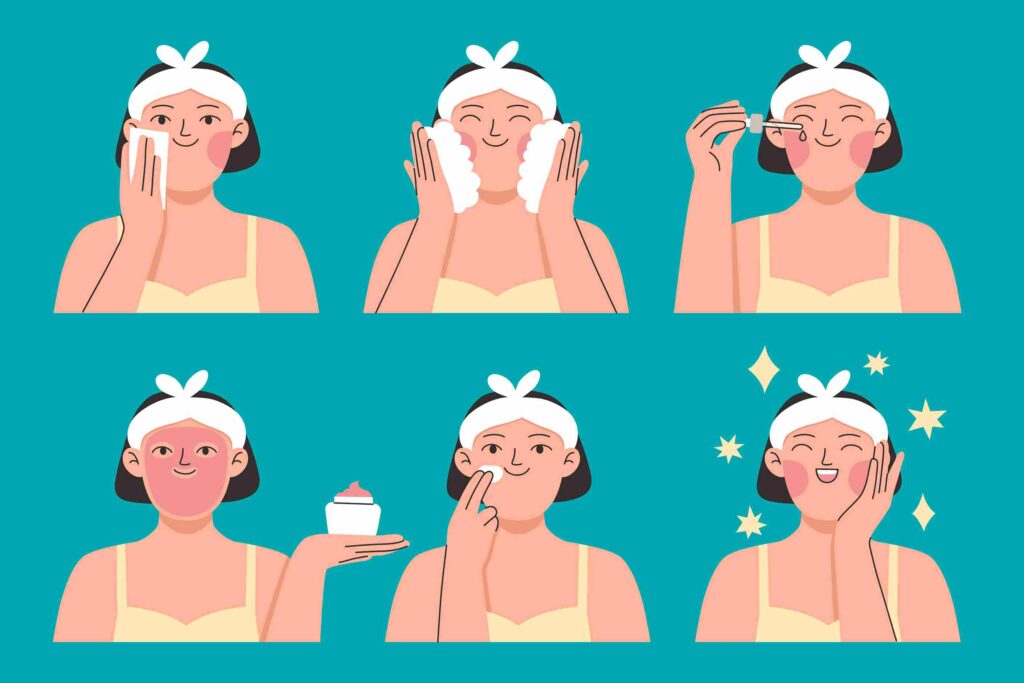
Opt for a mild, non-irritating cleanser specifically formulated for sensitive skin. Harsh cleansers can strip away natural oils, exacerbating redness. Gently cleanse your face, paying extra attention to the area around your nose.
Follow it with a good moisturizer. Choose a moisturizer that is fragrance-free, hypoallergenic, and formulated for sensitive skin. Apply it generously to your entire face, focusing on the nose area. And never forget to wear sunscreen while going outside during day time.
I strongly recommend using niacinamide serum daily as its anti-inflammatory property can provide a calming effect to the skin. It also helps in regulating sebum production in the skin. You can use it in the evening after cleansing the face on a daily basis.
Medicated Creams
If the redness is severe, you should add a dermatologist-approved medicated cream to your routine.
There are several medications, both over-the-counter and prescription-based, that can be used to treat skin redness depending on the underlying cause.
Keep in mind that it’s important to consult a healthcare professional, such as a dermatologist, before using any medications to address the redness. Your dermatologist may recommend you topical corticosteroids or a non-steroidal cream depending on the actual cause.
Cool Compress
Cool compress is generally preferred for immediate relief but doing it consistently on a regular basis can also help reduce long-term skin redness.
Use a clean cloth soaked in cold water or a chilled gel pack and gently press it against your nose for a few minutes. You can also wrap an ice cube in a cotton cloth and press it smoothly to the affected area.
Fix Your Diet
Sometimes, a good diet can make the most difference when it comes to skin health.
Avoid foods that are high in glycemic index such as refined sugar and carbohydrates. Similarly, certain foods and beverages, such as spicy foods, alcohol, and caffeine, have been known to contribute to facial redness.
Start frequently eating nuts and seeds. Include items like berries and leafy greens in your diet. Increase your intake of fruits, vegetables, and foods high in omega-3 fatty acids.
Apply Aloe Vera
Aloe vera contains compounds like polysaccharides that have anti-inflammatory effects. Applying aloe vera gel to red or irritated skin can help calm inflammation, which in turn can reduce redness.
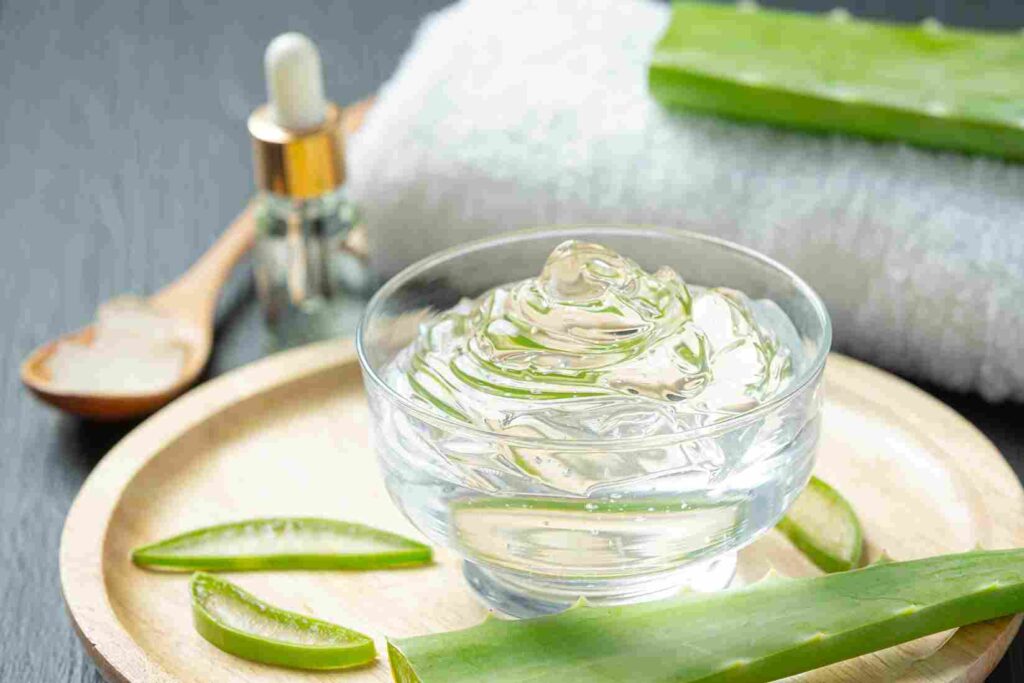
It also has a natural cooling sensation when applied to the skin. This cooling effect can provide relief to irritated skin, helping to alleviate redness and discomfort.
Aloe vera is also extremely rich in water content. It can provide proper hydration to the skin which can contribute to improved skin health and a reduction in redness caused by dryness or irritation.
Also Read: 10 Much-Needed Lifestyle Changes for Clear Skin
Home Remedies to Reduce Redness Around The Nose
Few home remedies that have been proven quite effective in reducing redness around the nose are:
Green Tea
Rich in antioxidants and anti-inflammatory compounds, green tea can help reduce redness and soothe irritated skin. Prepare a cup of green tea and let it cool down. Then, use a cotton ball to apply the tea to the redness around your nose.
Leave it on for 10-15 minutes before rinsing it off. Repeat this process a few times a week for noticeable results.
Paste of Turmeric, Yogurt and Honey
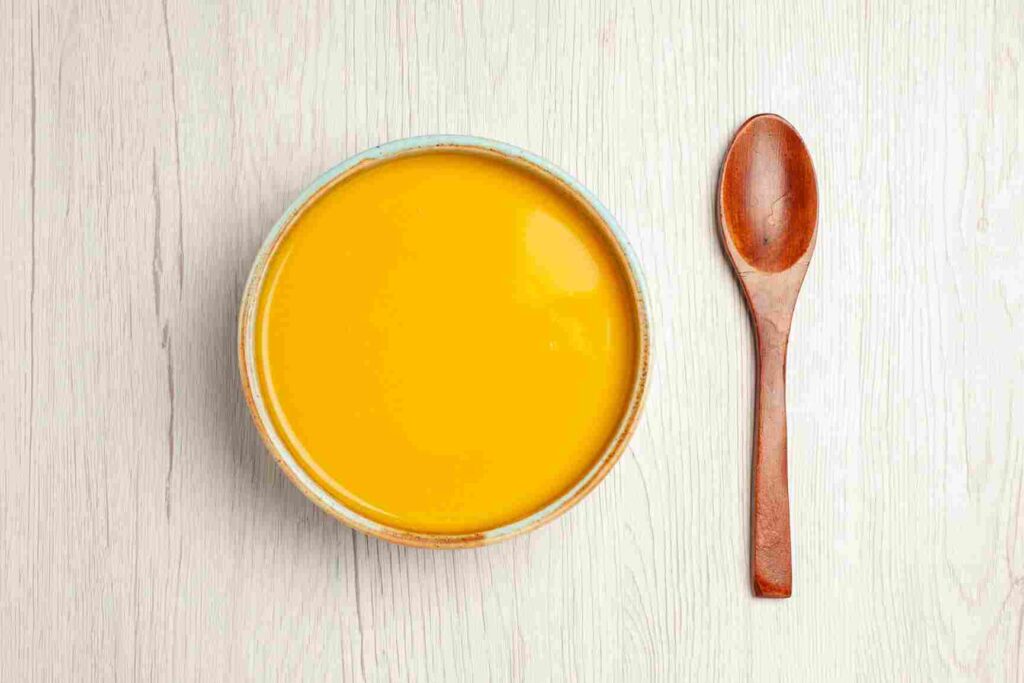
You can try using a paste of turmeric, yogurt, and honey since their anti-microbial and anti-inflammatory properties can really help in soothing the skin.
Mix half a teaspoon of turmeric powder with one teaspoon each of honey and yogurt and apply it around your nose. Leave it for 10 minutes and then rinse it off with lukewarm water.
Cucumber Slices
Cucumber has natural cooling and anti-inflammatory properties. Place thin cucumber slices on the red areas for a soothing effect.
When to Consult a Dermatologist?
If you have tried various home remedies and over-the-counter products without any improvement, it may be time to consult a dermatologist or a skincare professional. They can assess your specific situation, identify the cause of the redness, and recommend appropriate treatments.
Additionally, if the redness is accompanied by other concerning symptoms like severe itching, pain, inflammation, or skin texture changes, it is essential to seek professional help promptly. These signs could indicate a more serious issue that requires immediate attention.

